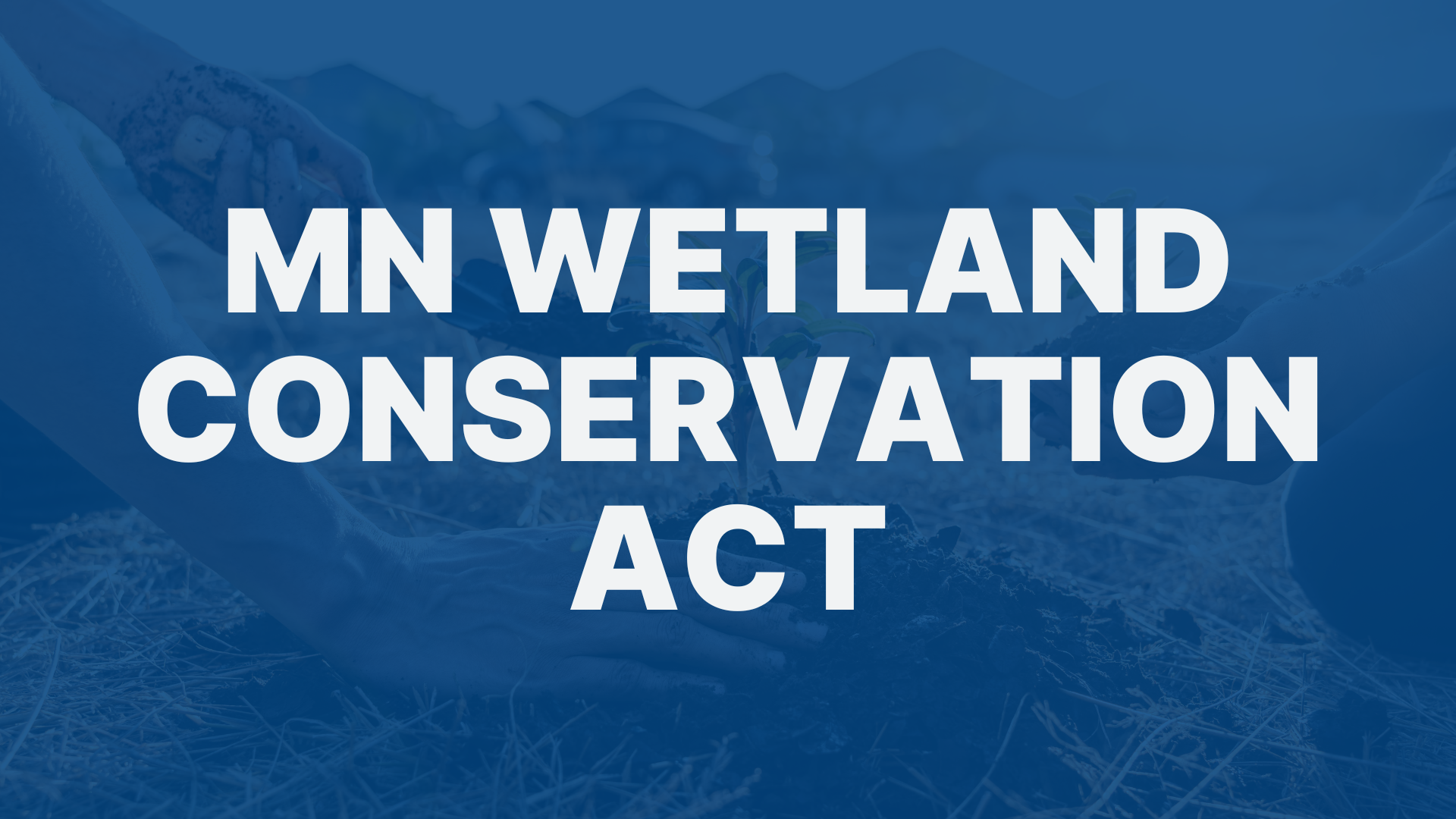
Understanding the 2024 Changes to Minnesota’s Wetland Conservation Act
Minnesota has rolled out updates to its Wetland Conservation Act (WCA). These changes are intended to enhance clarity, protection, and compliance with federal standards. Here’s a breakdown of the most impactful changes
Updated Wetland Types. The updated rule has removed reference to the Circular 39 wetland type for certain regulatory actions and the classification system for wetlands has been updated. The inclusion of the Hydrogeomorphic (HGM) Classification allows for a more precise identification and management of wetland types based on their physical and hydrological characteristics.
Regulation of Deepwater Habitats. Certain deepwater habitats, which were previously outside the WCA’s scope if not designated as public waters regulated by the MN DNR, are now included. This broadens the protection to critical ecosystems, ensuring they receive the necessary oversight and conservation efforts.
Transportation Projects. The changes now clarify that Minnesota Department of Transportation is responsible for wetland replacement on public transportation projects that occur on state roads, regardless of who the project sponsor or co-sponsor is.
Exemption Modifications. The updated rule made several changes to categories of activities that are exempt from requiring wetland replacement.
- Agricultural Activities Exemption. The agricultural activities exemption was modified to specify that areas identified as prior-converted cropland (PC) by USDA/NRCS are exempt. The exemption also allows for drainage maintenance activities authorized by USDA/NRCS in areas identified as wetland by USDA/NRCS.
- Drainage Exemption. Exemptions that were previously allowed for drainage of certain wetland types within public drainage systems was eliminated from the rule. The exemption still allows for impacts to wetlands as a result of drainage of wetlands that have existed for less than 25 years.
- De Minimis Exemption. De minimis thresholds based on wetland type and location within the 11-county metro area have been removed. The revised thresholds are dependent on location in the state (pre-settlement wetland zones), and whether the wetland is in a shoreland zone/shoreland building setback zone, or permanently, semi-permanently flooded hydrology regimes.
- Utility Exemption. The language was modified to eliminate the acreage based condition of the utility exemption and requires that the impacts be authorized by a Army Corps’ 404 permit.
These updates are designed to improve the effectiveness of wetland conservation efforts across Minnesota. By refining definitions, expanding the scope of protected areas, and aligning more closely with federal standards, the state aims to better preserve its valuable wetland ecosystems.
These WCA changes took effect on August 1, 2024. Stakeholders, including landowners, developers, and conservationists, will need to familiarize themselves with the new rules to ensure compliance and support Minnesota’s environmental goals. Contact our Environmental Services team to learn how Moore Engineering can help you navigate wetland regulations.
